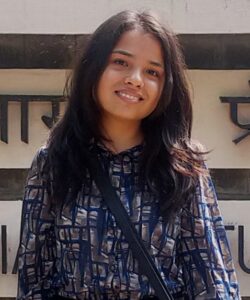1. Abstract
This paper aims to cover India’s relationship with West Asian Countries, since the Cold War era. There has been a remarkable shift in India’s Foreign policy, i.e. a shift from nonalignment to multi-alignment. With this shift, West Asia was given a prominent place in India’s foreign policy through an “Extended neighbourhood” framework. The main focus of this paper is to examine India’s ‘Look West’ policy, analyze its bilateral engagement with its strategic partners in West Asia, and discuss prospects of the multilateral ‘I2U2’, referred to as ‘West Asian Quad’. In recent years, when India has been more willing to look beyond dogma and enter the real world of convergence in West Asia, the recent Israel-Hamas conflict which has had a spillover effect on the region, created an obstacle in this approach. This paper aims to analyze all these issues and offer a possible way forward.
Keywords: West Asian Quad, Bilateral engagement, Strategic partnership, Diaspora, I2U2.
2. Introduction
India has historic and Civilisational ties with West Asia as there are traces of a trade link between the Indus Valley Civilization and the Mesopotamia civilization. During the Cold War period, India’s foreign policy was guided by geopolitical realities internationally and in the West Asia region. Most Countries in West Asia chose to be part of the American-led block during the Cold War, but India adopted a unique approach by not aligning with any of the blocks. The Non-aligned movement gave newly independent countries a new choice but it became a point of difference between India and West Asia. It was only after the end of the Cold War, that bilateral ties with West Asian neighbours improved. Later, India made some necessary readjustments in its foreign policy, and in 2005, India adopted the ‘Look West’ policy to increase its engagement in the region. The ‘Look West’ policy has been converted to the ‘Link and Act West’ policy. With this new version of the ‘Look West’ policy, India has tried to strategically engage with most nations in West Asia and diversified its area of cooperation by collaborating on issues such as counter-terrorism and piracy. The I2U2 grouping, which is very unique in nature and connectivity projects like IMEC, gives India a new opportunity to increase its bilateral and multilateral engagement in the region.
Click Here To Download The Paper


📌Analysis of Bills and Acts
📌 Summary of Reports from Government Agencies
📌 Analysis of Election Manifestos

